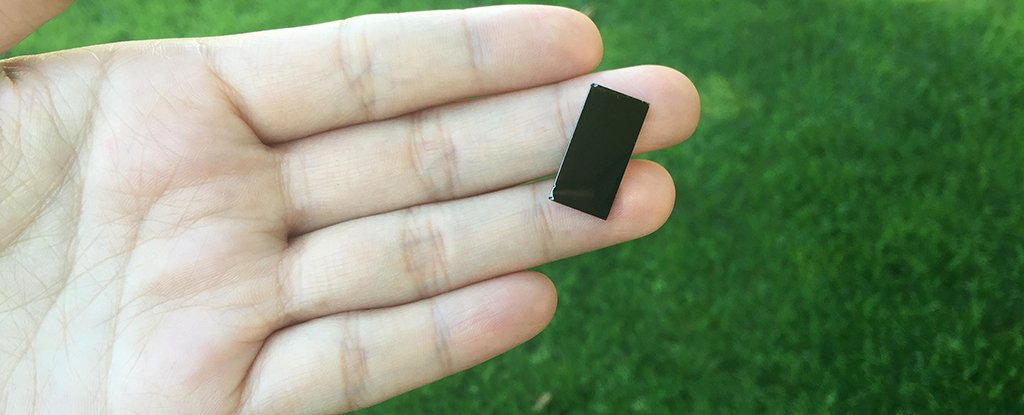 |
| Add caption |
MIT engineers have developed biological computational circuits capable of both remembering and responding to sequential input data.
The group's work, which is described in this week's issue of Science, represents a critical step in the progression of synthetic biology with the integration of DNA-based memory, in particular, pointing the way toward building large computational systems from biological components—computing devices that are living cells—and, ultimately, programming complex biological functions.
More specifically, Nathaniel Roquet and colleagues at MIT's Synthetic Biology Group were able to implement within a living cell what's known as a state machine: an abstract mathematical model describing computation as a list of of distinct internal states paired with an associated list of operations (or machine inputs) required to transition from state to state. So: a new state is always the result of an old state taken in combination with new inputs (history matters). State machines happen to describe a very large number of different things, from natural language processing algorithms to neurological systems to something as simple as a vending machine.
In a living cell, DNA is the natural candidate for storing state information. After all, that's what DNA does: store information. What Roquet and co. have created is a framework for chemically manipulating DNA such that states are encoded in DNA sequences. As a storage mechanism, this allows for both conveniently reading out a given state via genetic sequencing and also regulating gene expression via state transitions. In other words, the states can be linked to cellular behavior. The DNA serves as the memory for the state machine. The rest is in how, specifically, the DNA is manipulated and what effect that has on cellular behavior.
This could mean integrating biological state machines into tumor models, where they may be used to genetically surveil the activation of genes that may cause cancer
In their experiments, Roquet and co. programmed E. coli cells to react to several substances commonly used in biological laboratory experiments, including an analogue of the antibiotic tetracycline, a sugar called arabinose, and a chemical called DAPG that helps plants protect their roots from pathogens. The cells could be reprogrammed to other inputs as needed, however.
The actual cell behavior being programmed by the researchers was the expression of genes coding for the production of different fluorescent proteins representing different colors. With three different inputs they were able to produce 16 different combinations of colors.
"Synthetic state machines that record and respond to sequences of signaling and gene regulatory events within a cell could be transformative tools in the study and engineering of complex living systems," Roquet writes. In other words, by implementing a state machine (a computer) in a living cell, it's possible to use that state machine to surveil otherwise impossible-to-observe cellular happenings.
For example, progenitor cells (similar to stem cells) develop into differentiated cell types with specific functions thanks to transcription factors, proteins that help regulate gene expression in cells. Transcription factors have allowed researchers to program both progenitor cells to become certain specific types of functional cells—and also to do the opposite, programming functional cells to behave as undifferentiated cells. However, much about the process remains mysterious. A state machine that could record the DNA transitions resulting from TF activation could go a long way toward not only understanding these processes, but manipulating them as well.
The circuits in the biological state machine are dependent on enzymes called recombinases. These enzymes are activated by various inputs into a cell, such as chemical signals, and act to tweak that cell's DNA. But the tweak that actually occurs depends on the orientation of two DNA sequences known as recognition sites. The important thing is that the effect of changing any two recognition sites (the resulting cellular behavior) depends on how other recognition sites have been altered previously. Hence, memory.
There's really no shortage of potential applications here. The example Roquet gives is in integrating biological state machines into tumor models, where they may be used to genetically surveil the activation of oncogenes (genes that may cause cancer) and deactivation of tumor suppression mechanisms in individual cells.
"This idea that we can record and respond to not just combinations of biological events but also their orders opens up a lot of potential applications," Roquet offers in a statement. "A lot is known about what factors regulate differentiation of specific cell types or lead to the progression of certain diseases, but not much is known about the temporal organization of those factors. That's one of the areas we hope to dive into with our device."
Computers have become "alive," but perhaps not in the way that many of us anticipated. A unicellular organism itself won't ever be packing much computational horsepower, but considered as a building block, the potential is pretty wild.
ORIGINAL: Vice


